The Five Stages of Nonprofit Accountability
 Every rehabilitation program recognizes various levels of problem or success stages. Doing MORE good is about the desire to be better by maximizing your organization’s reach, potential, and impact. It’s also about eliminating the barriers to achieving greater success. As such, we’ve identified five stages of marketing accountability for nonprofits. Review these stages below and choose the one that describes your current marketing efforts best? By doing this, hopefully, you’ll recognize your problems or opportunities to improve and begin working to take your efforts to the next level.
Every rehabilitation program recognizes various levels of problem or success stages. Doing MORE good is about the desire to be better by maximizing your organization’s reach, potential, and impact. It’s also about eliminating the barriers to achieving greater success. As such, we’ve identified five stages of marketing accountability for nonprofits. Review these stages below and choose the one that describes your current marketing efforts best? By doing this, hopefully, you’ll recognize your problems or opportunities to improve and begin working to take your efforts to the next level.
Stage 1: Denial
If your organizational leaders question the need for marketing or avoid making an investment in it, they’re most likely in denial. They refuse to believe organizations need marketing to survive and thrive. And, they don’t believe their organization would benefit from a stronger identity, improved relationships, and greater trust. As a result, they’re likely restraining organizational growth and impact.
Stage 2: Fear
When nonprofits start running short on volunteers and/or funds, they often wake up to the need for marketing. Desperate times are not the ideal backdrop for desperate marketing measures. If you wait until your back is against the wall, your options may be limited. On the other hand, being proactive with your marketing plan is similar to the conventional wisdom that says it’s best to be job hunting while you’re still employed — you simply have more flexibility and leverage.
Stage 3: Confusion
Because so many nonprofits don’t acknowledge the need for marketing until they fear support is drying up, their dire circumstances usually cloud their thinking. As a result, basic marketing questions that should have been resolved when the organization was formed or during routine planning meetings become bewilderingly complex. Who do we talk to? How do we talk to them? What should we say? For an organization that views marketing as a priority, well-honed answers to these questions are already in place. For the organization that lacks marketing accountability, these key elements become complicated and confusing.
Stage 4: Self-Promotion
Once fear and confusion have set in, there’s often little room left for sound reasoning. I’ve frequently quoted a phrase from Black Belt Magazine that pertains to this: “In the face of fear we do not rise to the level of our expectation, instead, we fall to the level of our training.” I’m not into martial arts (and I’m not even sure how I came across this quote), but when it comes to marketing, I’ve seen organizations in “panic mode” fall to the level of “tried and tired” marketing activities. The result is often the following: a. let’s have an event or send out some direct mail; b. that will give us a platform to talk about ourselves; and c. let’s hope things change as a result. Bottom line: “hope” is not a good strategy.
Stage 5: Accountability
An organization with its marketing priorities properly positioned realizes that funding/revenue always starts with marketing. And that organization also knows marketing begins with the goal of building relationships. Its leaders understand that if they don’t look to building connections with others over time, they’re basically relegated to begging from strangers (in other words, panhandling, which obviously isn’t an ideal brand perception). The reality is that for responsible organizations, marketing should always be a priority. So take heart, there’s a great honor in accountability, which allows your organization to expand so that it can DO MORE GOOD!
 Bill McKendry
Bill McKendry
FOUNDER + BOARD PRESIDENT
